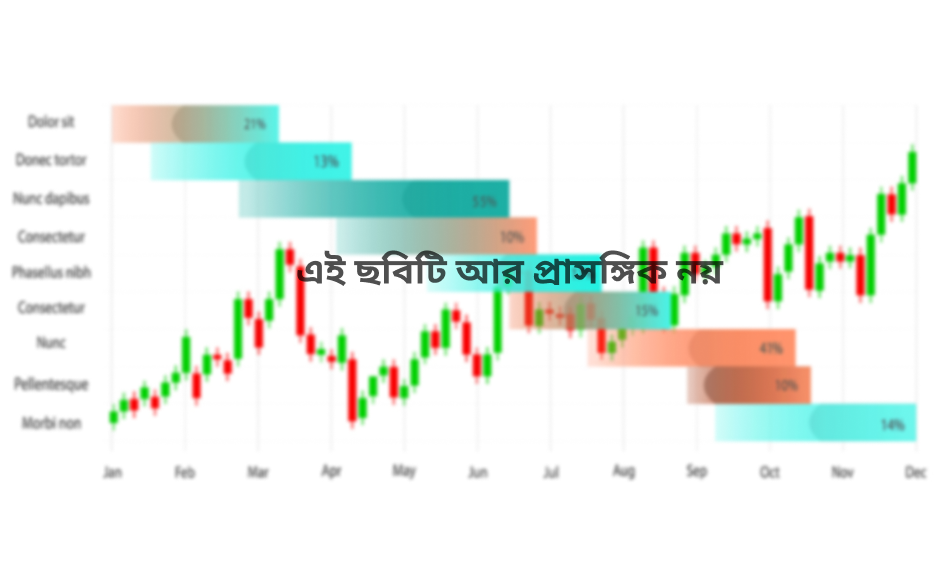4-hour timeframe
Technical details:
Higher linear regression channel: direction - upward.
Lower linear regression channel: direction - downward.
Moving average (20; smoothed) - downward.
CCI: -199.7319
The EUR/USD currency pair continued to trade very calmly on Tuesday, June 29. However, it is not necessary to expect anything else. The problem is that the markets are well acquainted with the positions of the EU and US central banks, and macroeconomic statistics that can show changes (positive or negative) in the economy are rarely published. For example, this week, we can pay attention to only a few reports published during two trading days. We are talking about European inflation and reports on the labor market in the United States. The euro/dollar pair will probably spend the rest of the time in very low volatility. It is what the volatility chart below shows. First, it is visible that volatility is only decreasing after the day when the results of the last Fed meeting were summed up. If the volatility was 141 points on that day, then later it fell until it reached the level of 40 points. Secondly, the absolute majority of trading days end with a volatility of no more than 60 points, which is quite an "average" value. It does not mean that it is impossible to work in pairs. It means that with such volatility, it is very difficult to count on high profits in principle. If the pair passes 60 points during the day (24 hours), even if traders open a position as low as possible and close it as high as possible (or vice versa), then at best, it will bring a profit of 40 points. But there are also false signals, or the price changes the direction of movement several times during the day. In general, at this time, the markets are not eager to actively trade, and the pair does not want to show high volatility. Why did this situation develop?
You can list as many reasons as you want here. It started with the fact that the political topic has almost completely disappeared from the horizon, ending with the gradual exit of the whole world from the state of crisis. Remember how things were last year. New information was received from Donald Trump almost every day, which regularly excited the markets. The US president openly criticized the Fed and Jerome Powell, demanding to lower the rate, then criticized China, provoked various scandals, then made absolutely inappropriate and frankly provocative statements. All this affected the state and mood of all markets to one degree or another. Now we can say that the markets are in an information calm. The only information that could provoke an increase in volatility is information about changes in monetary policy parameters in the ECB or the Fed. However, Jerome Powell and Christine Lagarde made it clear that this will not happen in the near future. Thus, the markets have to focus their attention on macroeconomic statistics, which are not published every day, and it is not always important.
Christine Lagarde and Jerome Powell also perform quite often. However, the problem is that they can't tell the markets anything new. The Fed and the ECB have outlined the vectors they are following and will follow in the near future. Thus, it isn't easy to surprise the markets now. For example, three speeches by Christine Lagarde are scheduled for this week. Do you think the head of the ECB will say something resonant every time, which will lead to an increase in volatility? There is no point in talking about politics now. In principle, politics is very rare when it has an impact on the foreign exchange market. However, now is the time when very few people talk about it at all. The US elections have passed, Donald Trump has resigned from his post and no longer fills the information space with his figure. Joe Biden is the complete opposite of Donald Trump. If the second one gave comments and published posts on social networks every day, then Joe Biden has already spoken to journalists 3-4 times at most for almost six months of his presidency. At the same time, each time, he just read the text on a piece of paper. Of course, you can always pay attention to such things as budget incentive packages, since this topic is still relevant, or upcoming tax changes. But as the European Union and the United States come out of the crisis, these factors also become simply irrelevant. More attention is being paid to central banks and monetary stimulus.
Moreover, its volumes are much easier to track. We have repeatedly said that it is much higher in the United States than in the European Union, which has led to a strong fall in the US currency over the past year and a half. However, in the last few months, the dollar's fall has stopped, so it's time to start talking about the likelihood of this factor affecting the US currency in the future. We believe that as long as the Fed and the ECB have not changed their monetary policy, which continues to be "ultra-soft," the impact of this factor on the dollar exchange rate will not change either. Simply put, the Fed continues to pour much more money into its economy than the ECB. The depreciation of the US currency is also very noticeable in terms of inflation, which in the US exceeded 5%, and in the EU barely reached 2%. Thus, the long-term prospects of the dollar, from our point of view, remain unchanged. At the same time, we have already drawn traders' attention to the fact that the technical factor now speaks in favor of strengthening the US currency to the 17th level or slightly lower. In global terms (on a 24-hour timeframe), a new round of corrective movement has begun within the framework of an uptrend. Thus, a classical corrective three-wave structure can now be formed. Consequently, the pair may fall to its previous local minimum. However, after the correction is completed, we expect a resumption of the global upward trend since absolutely nothing has changed recently in the fundamental global plan.

The volatility of the euro/dollar currency pair as of June 30 is 48 points and is characterized as "average." Thus, we expect the pair to move today between the levels of 1.1847 and 1.1943. A reversal of the Heiken Ashi indicator upwards will signal a new round of upward correction.
Nearest support levels:
S1 – 1.1841
S2 – 1.1780
S3 – 1.1719
Nearest resistance levels:
R1 – 1.1902
R2 – 1.1963
R3 – 1.2024
Trading recommendations:
The EUR/USD pair continues to move down. Thus, today it is recommended to stay in short positions with targets of 1.1847 and 1.1780 until the Heiken Ashi indicator turns up. It is recommended to open buy orders no earlier than fixing the price above the moving average line and the Murray level of "4/8" with a target of 1.2024.













